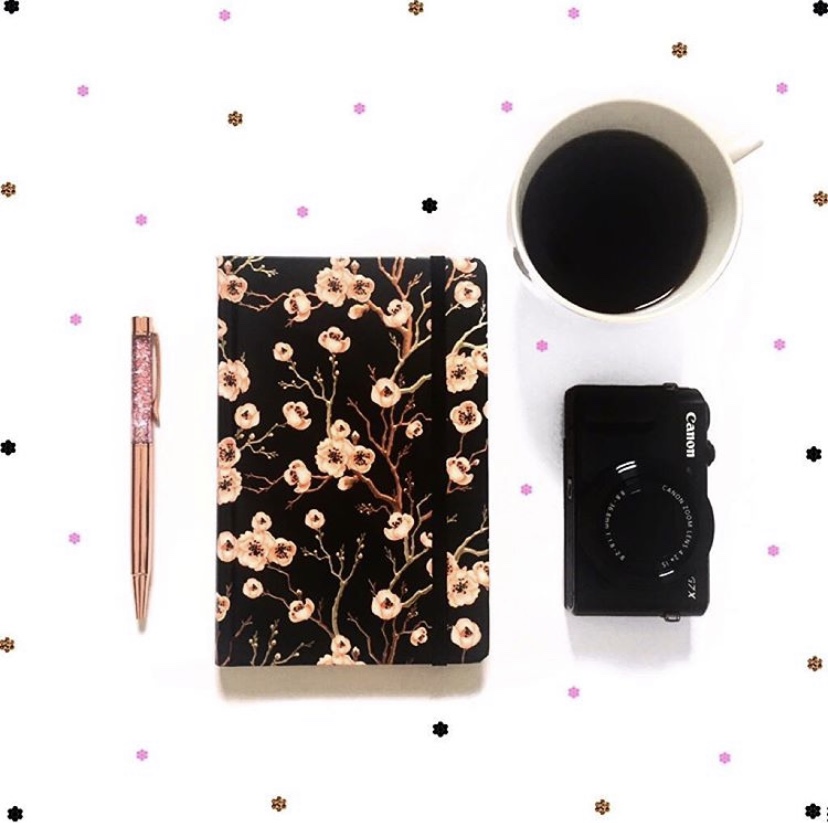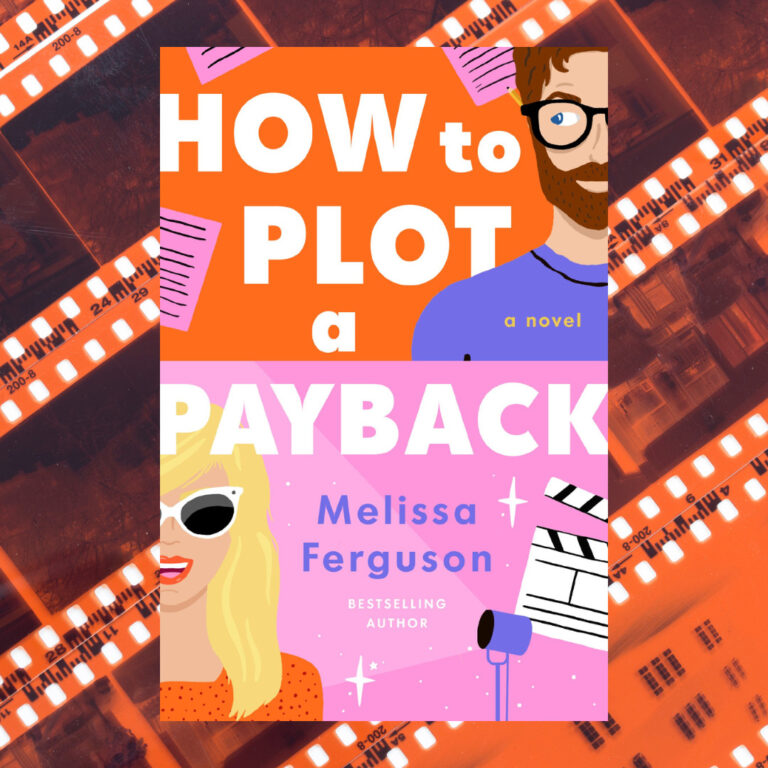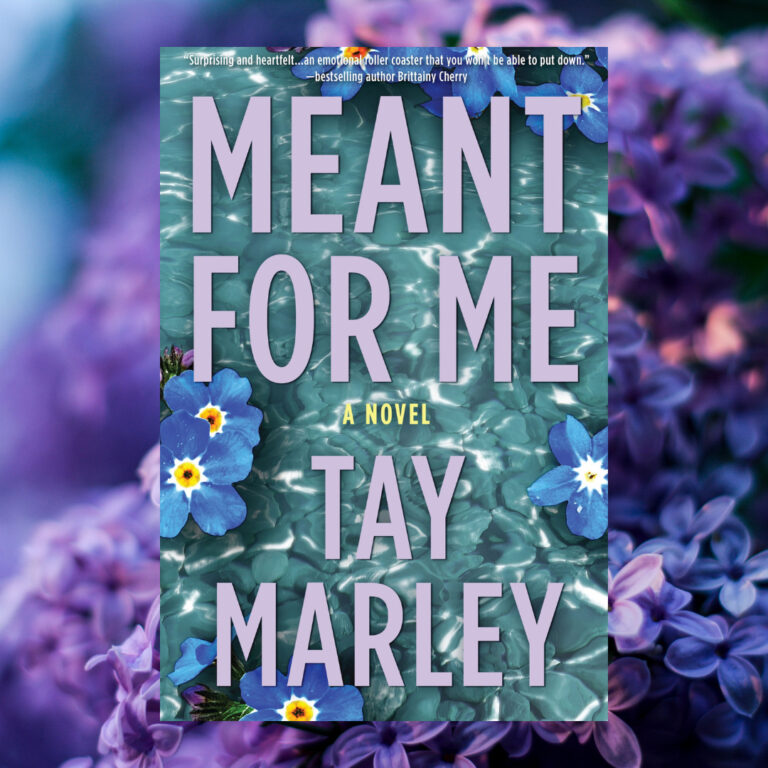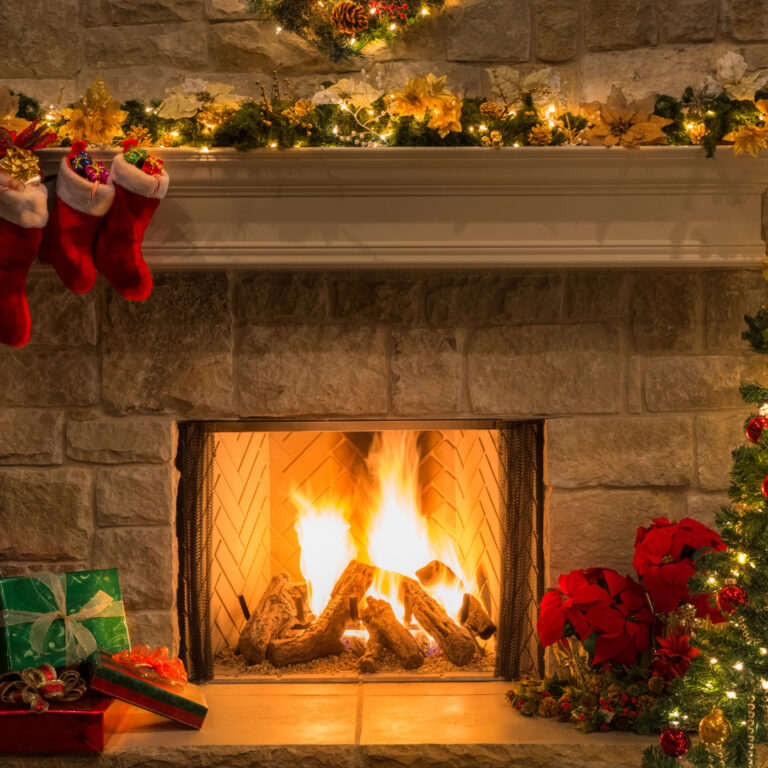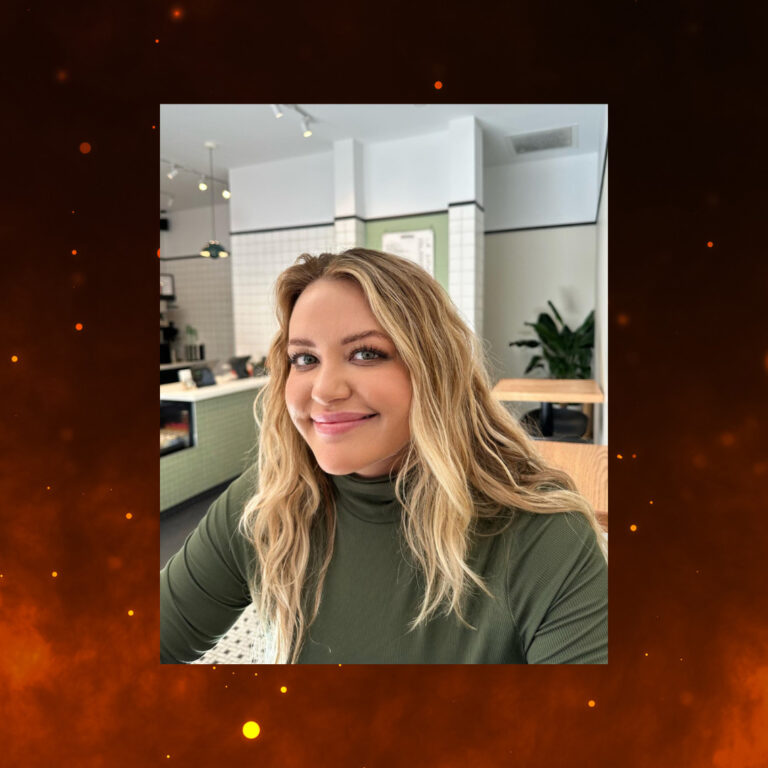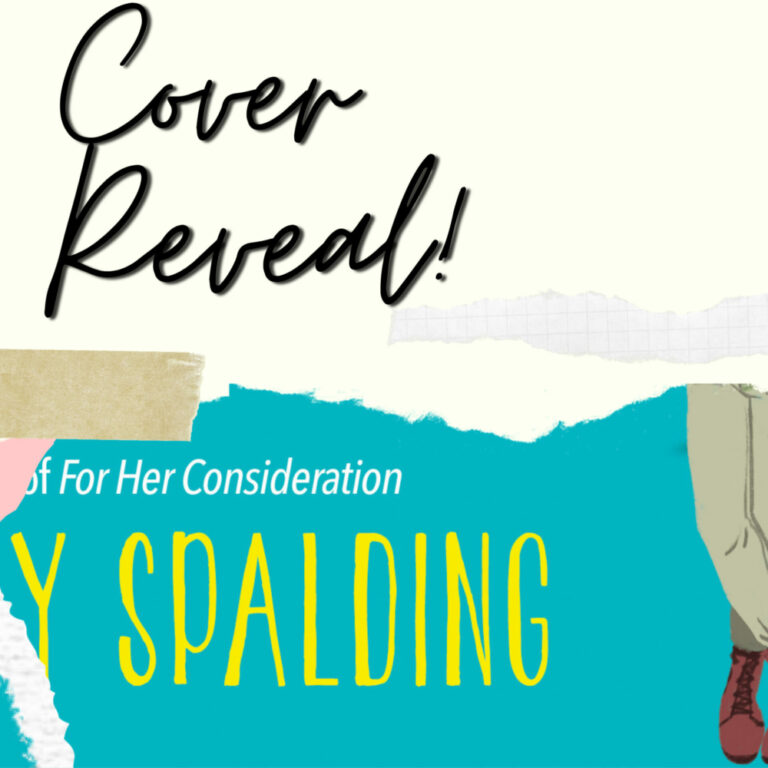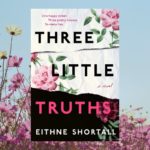If you’re anything like me, you’ll undeniably have no problems spending countless hours perusing the wonders of visual discovery engine, Pinterest—losing yourself deeper and deeper in the enthralling sea of diverse imagery. As a long-time Pinterest fan, I’ve discovered a number of handy uses for the platform over the years, and owe the content on Pinterest many thanks for inspiring the redesigning of my bedroom interior, supplying an array of tasty recipe ideas, and always providing a welcoming space to gush over cute pictures of baby animals. In recent times however, I’ve also come to realise Pinterest can be utilised in yet another nifty way —as an inspiring and easily organised writing tool for budding and established writers alike. How so? I hear you ask. Well, allow me to explain.
Setting: When it comes to writing (especially fiction), establishing a solid story setting is a vital narrative component all writers must address. This is where the visual nature of Pinterest can prove very useful. A quick search on the engine easily enables writers to access a wide array of photographs of any era, country or region they desire. These images can then be saved on Pinterest and utilised as a reference by writers intending to set their stories in the same or similar locations to those depicted in the photographs.
Not only does this allow writers to access excellent visual references when describing broader setting details within their work, but it also aids in the facilitation of rich world-building by means of heightening the writer’s geographical knowledge of different locations and time periods whilst providing a plethora of smaller setting details ranging from external architecture, natural landscapes and interior building designs, that can be integrated within the story’s broader setting to enhance the immersive reading experience. Additionally, if writers are intent on creating their own fictional settings, they’ll be able to quickly draw inspiration from the setting photography they’ve saved on Pinterest and subsequently utilise this inspiration to craft their own unique worlds.
Character: Alongside setting, another equally important narrative component all writers must explore when penning a story is the intriguing yet intricate art of character construction. Once again, Pinterest can be of great help when going about this task. Writers are able to peruse Pinterest photographs depicting people of a diverse range of backgrounds, genders, ages and cultures which can be cleverly utilised to spark inspiration for their characters. This is very useful when it comes to describing the outward appearances of a character in terms of physical features (think hair, eyes, height etc.), clothing style and posture— all important components in the establishment of strong external character identities. In addition, Pinterest can also be utilised to provide captivating character name ideas. For example, a simple Pinterest search of ‘whimsical girls names’ will conveniently yield a number of character name suggestions ideal for your free-spirited, female protagonist.
But it doesn’t end there. As all writers should be aware, the process of character construction delves much deeper than simple physical appearance. Characters must also be equipped with rich internal features including personality traits, quirks, likes, dislikes, insecurities, fears, shortfalls etc. These internal characteristics ultimately drive the character’s decisions, motivates their behaviors and shapes their overall world-view —often providing believable explanation as to why characters do what they do throughout the course of the story.
Once again, Pinterest can be very useful when it comes to crafting these essential character features. Writers are able to utilise Pinterest to create boards filled with imagery pertaining to the internal elements they picture their characters possessing e.g. a character board for an angry, sport-loving man with a hidden drinking problem might feature a picture of a football, clenched-fist, frown-ridden forehead and beer can. As you can hopefully see, this process therefore aids writers to importantly establish their characters internal conflicts, monologues and opinions through the use of visual reference boards, thus giving rise to the vital development of well-rounded characters who possess interesting back story and strong character arcs. Thanks Pinterest!
Plotting: Alongside setting and character, I’ve also come to realise scrolling the pages of Pinterest can additionally lead to the generation of fascinating plot/storyline ideas. On more than one occasion, I’ve pleasantly caught myself stumbling across a random Pinterest image that has, for whatever reason, jumped off the screen at me and ultimately sparked a great story or scene idea that I’ve then expanded on and integrated into my narrative. As, in my case, it is usually the more unusual imagery that speaks to me and sparks these ideas, I often spend my time searching Pinterest for ‘abstract photography’ in an effort to find a picture that’ll serve as the ‘seed’ of an unusual idea that I can branch out from in order to formulate my own intriguing concepts and subsequent sequence of engaging story events.
Organisation: Alright, so by this point it’s probably abundantly clear that pictures often have the power to provide writers with great visual references that can be utilised when crafting important narrative elements. But why do writers need to use Pinterest to find these images? Wouldn’t a simple Google search or flick through a physical reference book produce the same results? Well, yes, whilst technically this is true, Pinterest offers an exciting organisational feature that most other picture searching techniques don’t: the highly effective picture- filing phenomenon more commonly known as a ‘Pinterest board’.
Now, I’ve already mentioned Pinterest boards a couple of times in this article, but I’d like to take a moment to give them the recognition they truly deserve. Essentially, a Pinterest board refers to an organised collection of your Pinterest ‘pins’ (saved photographs) within an individual folder. These folders can be separated and named so that the pins can be easily categorized, enabling efficient organisation of content that can be quickly accessed at a later time when required. I, for example, have created a number of different Pinterest writing boards spanning setting, character and concept that I frequently refer to when working on my story. The boards not only provide me with effortless access to my saved photos in a single digital space, but also enable me to regularly glance at my inspo pictures as a collective whilst I write. As a result, I’m beneficially reminded of the general features, atmospheres and moods conveyed by the imagery that I’m aiming to translate into words and ultimately convey within my story. Pretty handy if you ask me!
Alright, so there you have it. Whilst I’ll always be a life-ling advocate of utilising Pinterest as a fun image discovery engine for leisure purposes, I’d also now encourage any budding or established writers out there to consider utilising Pinterest as an innovative writing aid. After all, it’s a great free resource to add to your writer’s tool kit and you never know when you might stumble across an image that’ll pique your curiosity, fire-up your imagination and spark your next ingenious story element or idea. So, do yourself a favour and bookmark Pinterest on your computer, create some handy aesthetic boards and let the writing inspiration flow!

